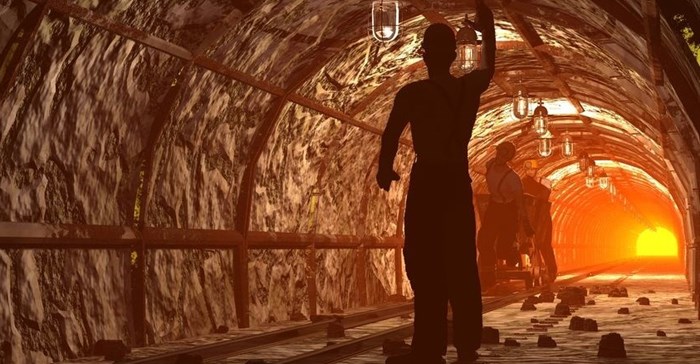






“AngloGold Ashanti believes that agreeing settlement terms is in the best interests of the claimants, their families, and the company. Both companies and the plaintiffs have a common interest in settling this highly-complex case that could take several years to resolve through litigation, AngloGold Ashanti CEO, Srinivasan Venkatakrishnan (Venkat) says in a statement.
The settlement has been reached without admission of liability by AngloGold Ashanti and Anglo American SA and the terms of the agreement remain confidential.
Both companies will contribute, in stages, toward a total amount of up to R464 million, which will be placed in an independent trust. The trust, administered by trustees, will determine medical and other eligibility and compensation to claimants with the funds available. Compensation will be determined at the discretion of the trustees, and will be based upon the agreed guiding principles set out in the trust deed.
A Constitutional Court Court judgement in 2011 (Mankayi v AngloGold Ashanti), opened up a whole can of worms regarding how much mineworkers could be compensated for OLD.
Because it’s an occupational disease, reparation has been traditionally regulated by a compulsory workmen’s compensation scheme, COIDA (Compensation for Occupational Injuries and Disease Act). There is also legislation - Occupational Diseases in Mines and Works Act 78 of 1973 (ODIMWA) – related specifically to mine workers.
Prior to the Mankayi judgement, the two pieces of legislation were presumed to work together, so a claimant couldn’t seek reparation higher than was stipulated in the compensation legislation. However, the ConCourt decided that ODIMWA did not have the same financial limitations as COIDA and could be pursued separately, which means that workers can claim far more from employers.
Returning to the latest settlement, the Anglo American statement also says: “It should be noted that this settlement agreement is not related to the pending class action certification application that is currently before the courts. The court is still to determine whether or not a class action law suit is the appropriate way to hear this action. The judgment on this matter is still pending,”
Certification is a pre-requisite for launching a class action and requires the applicants to demonstrate good cause for the allowing the class action to proceed. Some of the key requirements include:
;
A class action is not something typically pursued in the South Africa, but if it goes ahead it could take up to 20 years to resolve – with huge financial implications in legal costs alone - making settlement a far more viable option for mining houses.
Similarly, two years ago, five gold mining companies formed a working group to address issues relating to compensation and medical care for mineworkers with occupational lung diseases. The number of companies has since grown to seven, comprising African Rainbow Minerals, Anglo American South Africa, AngloGold Ashanti, DRDGold, Gold Fields, Harmony and Sibanye Gold.